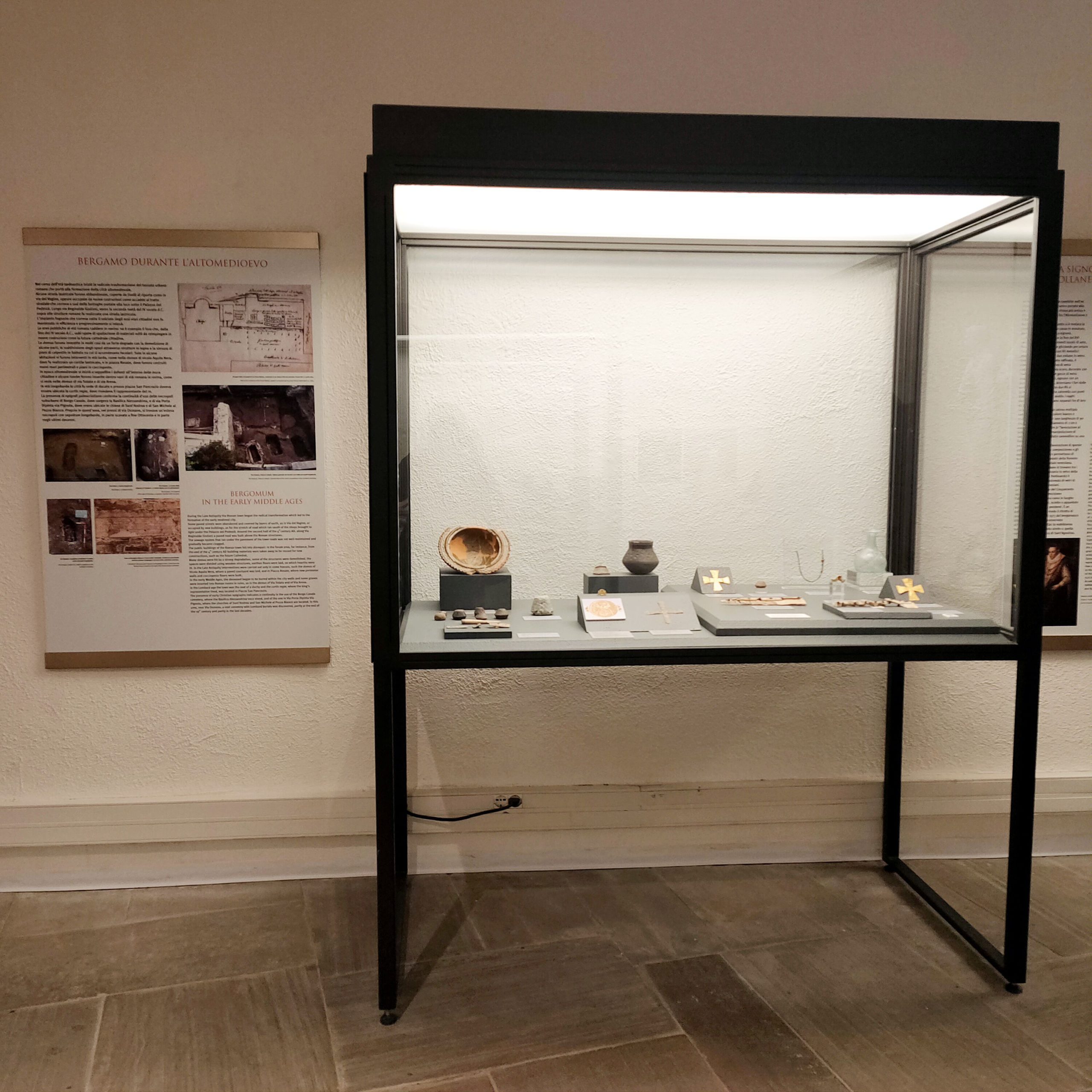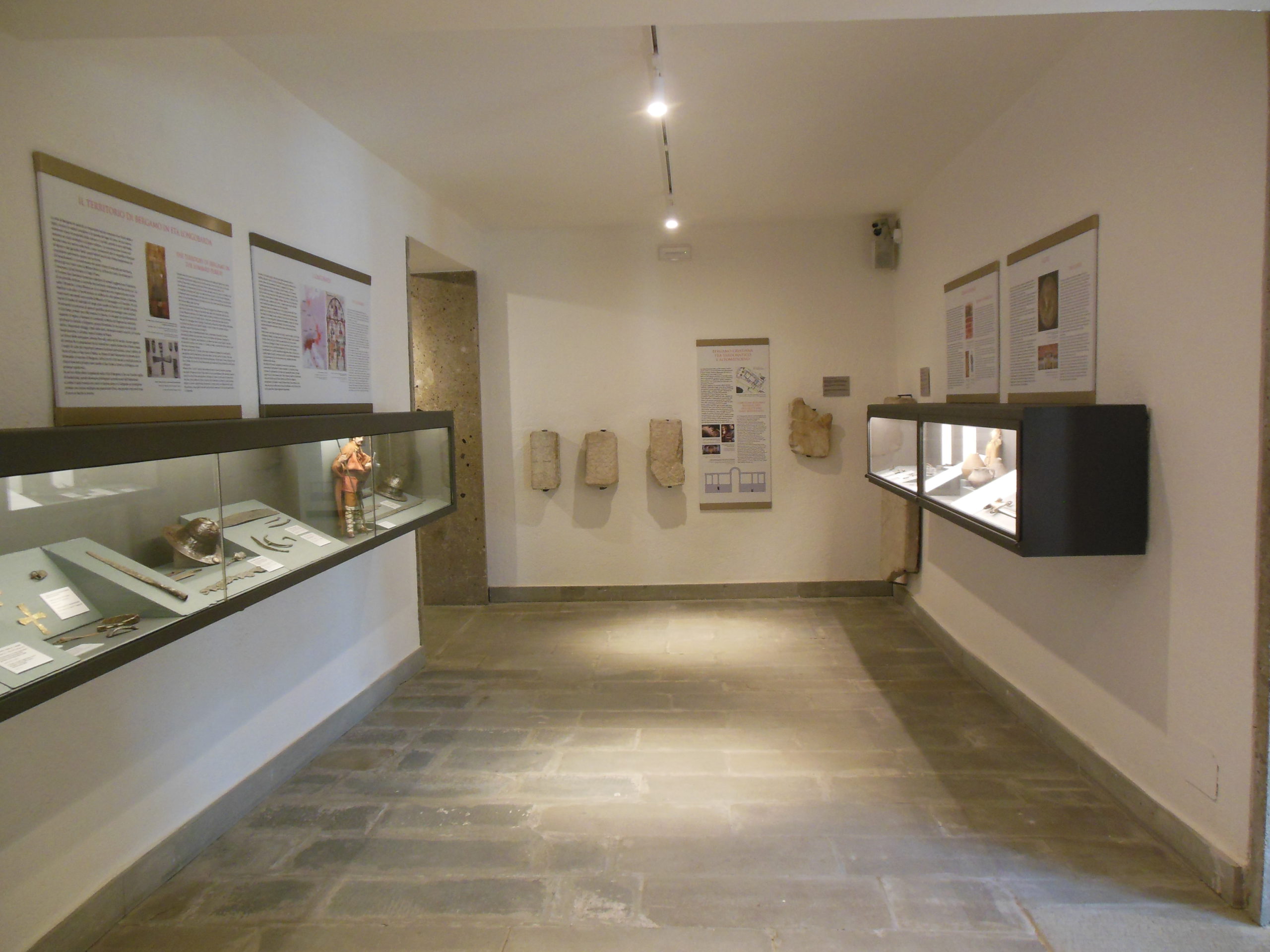After the fall of the Western Roman Empire, various peoples of Germanic origin moved around Europe; some of them passed through or settled in Italy. Groups of Ostrogoths, Alemanni and Lombards lived in the territory of Bergamo between the end of the 5th and the 8th century AD.
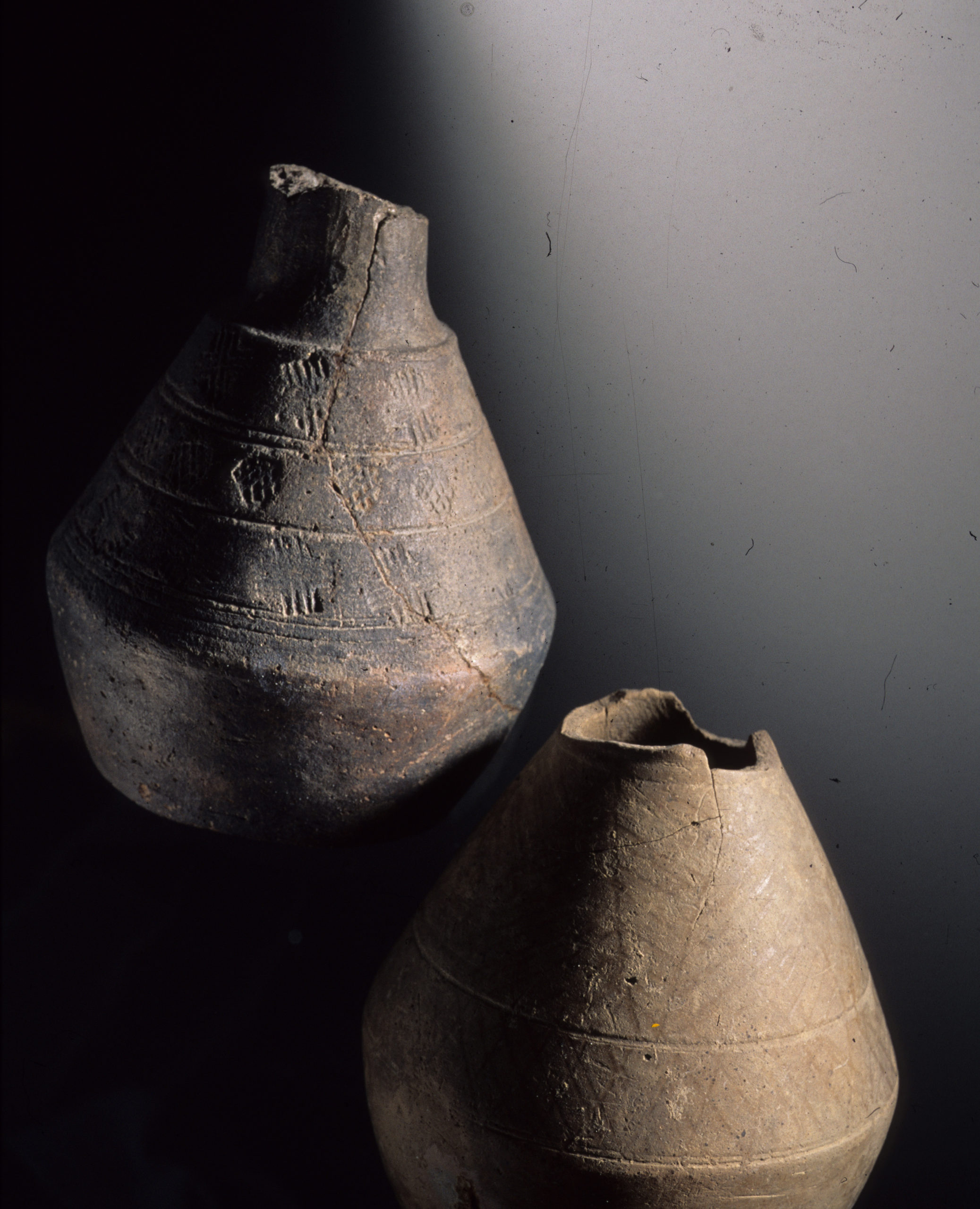
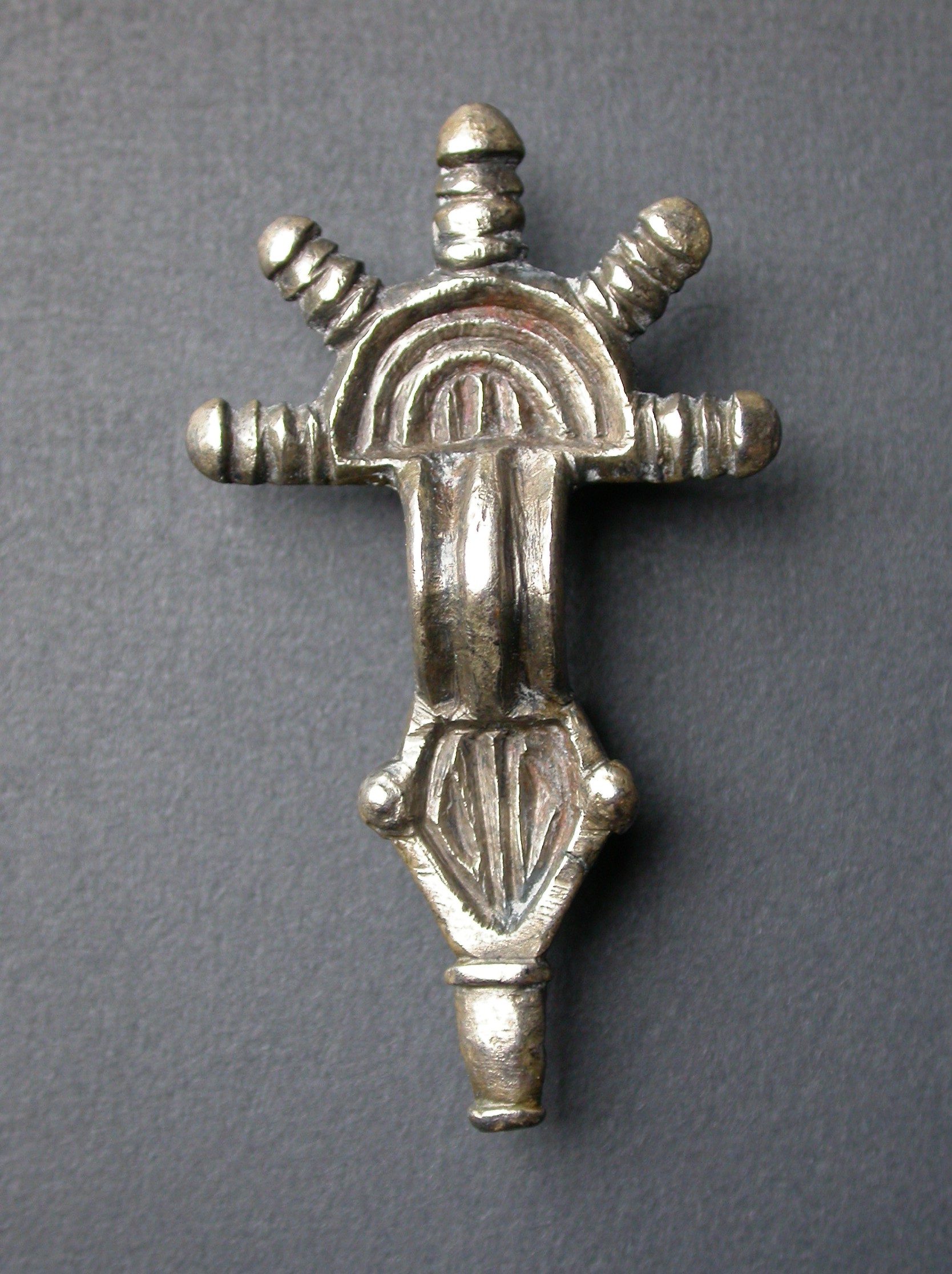
The Ostrogoths came from the Scandinavian peninsula and, after centuries of migrations in east-central Europe and in the areas of the Eastern Roman Empire, they arrived in Italy in 489 AD, led by King Theodoric. Their domination ended in 552, after a disastrous war with the Byzantines.
At Stezzano, where in the Roman age there was a settlement strategically placed on the road between Bergamo and Milan, the tomb of an Ostrogothic woman was found. The grave goods consisted of a silver toiletry set and a pair of golden polyhedral earrings; the only surviving object is a gilded silver stirrup fibula.
The Lombards were a Germanic people, too; between the 1st century BC and the 4th century AD they migrated from Scandinavia to the lower Elbe region and occupied ancient Pannonia, now known as Hungary. In 568 AD, led by Alboin, they crossed the Carnic Alps and invaded Italy, occupying also the Bergamo area. The city became the seat of a Duchy.
A burial found in Scanzo contained an object of great value, a parade-shield umbo with a gilded bronze decoration, a triquetra with three bird-shaped ends – a symbolic reference to Odin (or Wotan), the most important god in the Germanic pantheon, lord of warriors, whose protection would have benefited the owner of the shield.
The small cemetery found at Castel Rampino, near Castelli Calepio, was composed of six tombs probably belonging to members of the same family. Numerous interesting objects were placed inside these graves, notably many damascened plates, decorating the belts for swords and scramasax, and a fine S-shaped silver plate with double horse heads.
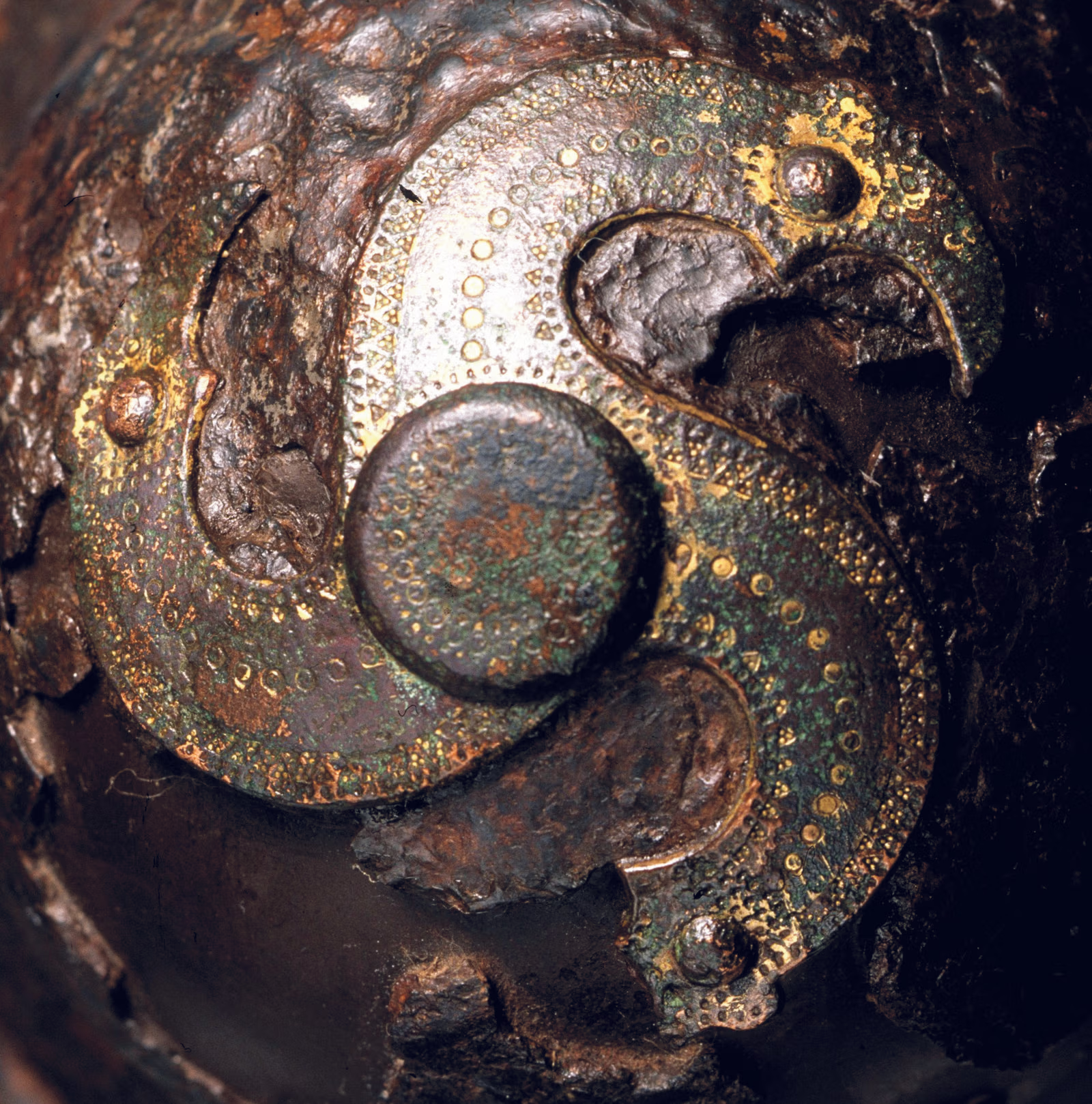
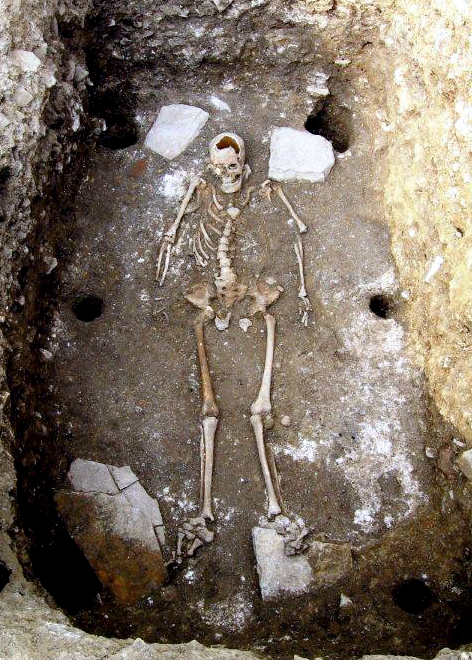
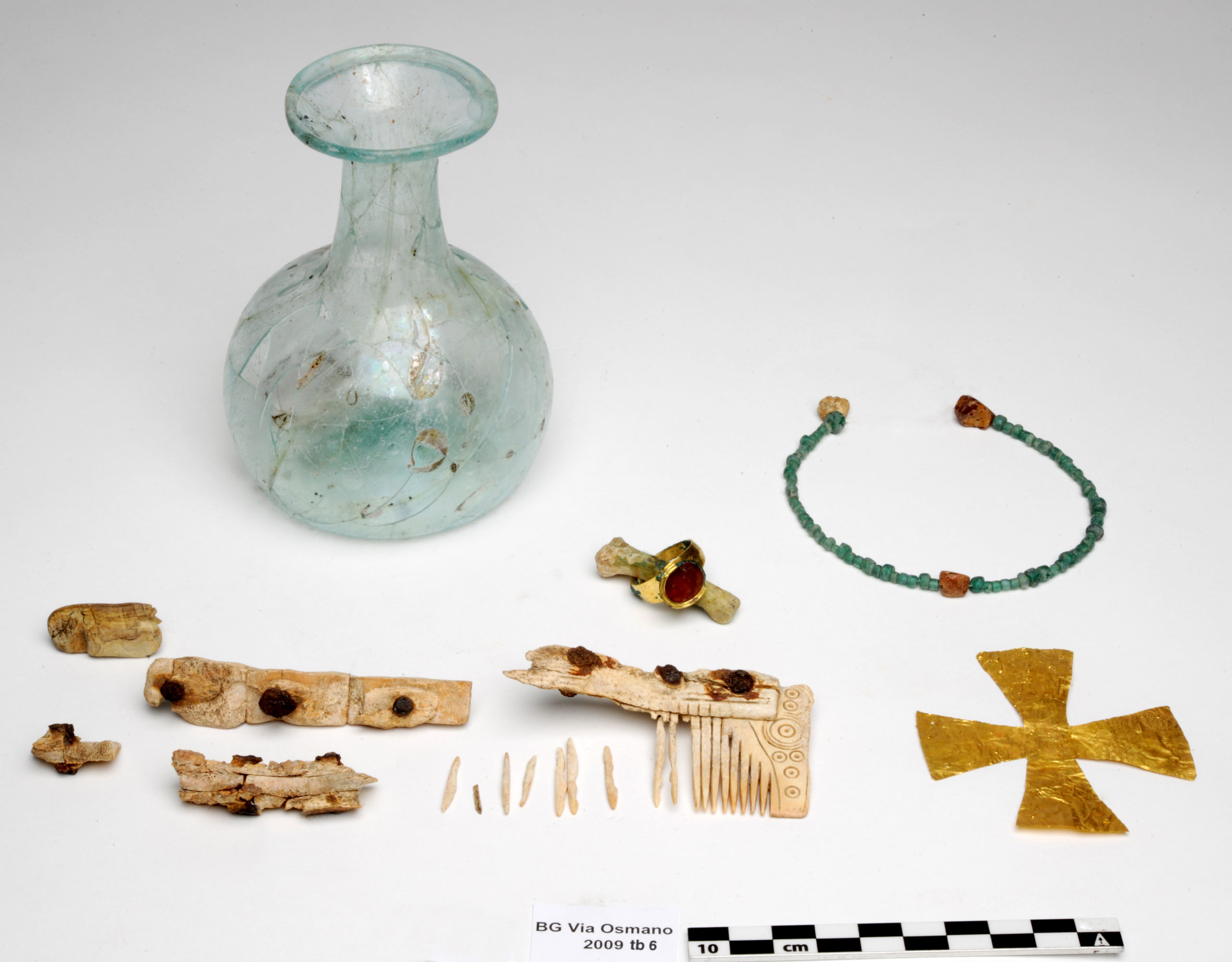
In Città Alta, è venuta in luce, in due momenti diversi, una vasta area sepolcrale appartenente al ceto elitario longobardo, tra via Porta Dipinta e via Osmano, nei pressi della chiesa di Sant’Andrea. Nel 1874 furono rinvenute 12 sepolture e nel 2009 altre 9. Tra queste ultime spicca la tomba della “Signora di Osmano”, sepolta in una camera lignea interrata, con un ricco corredo composto da una croce aurea, una collana di perle vitree verdi e d’ambra, un anello con castone inciso, un pettine d’osso e un’ampolla di vetro
